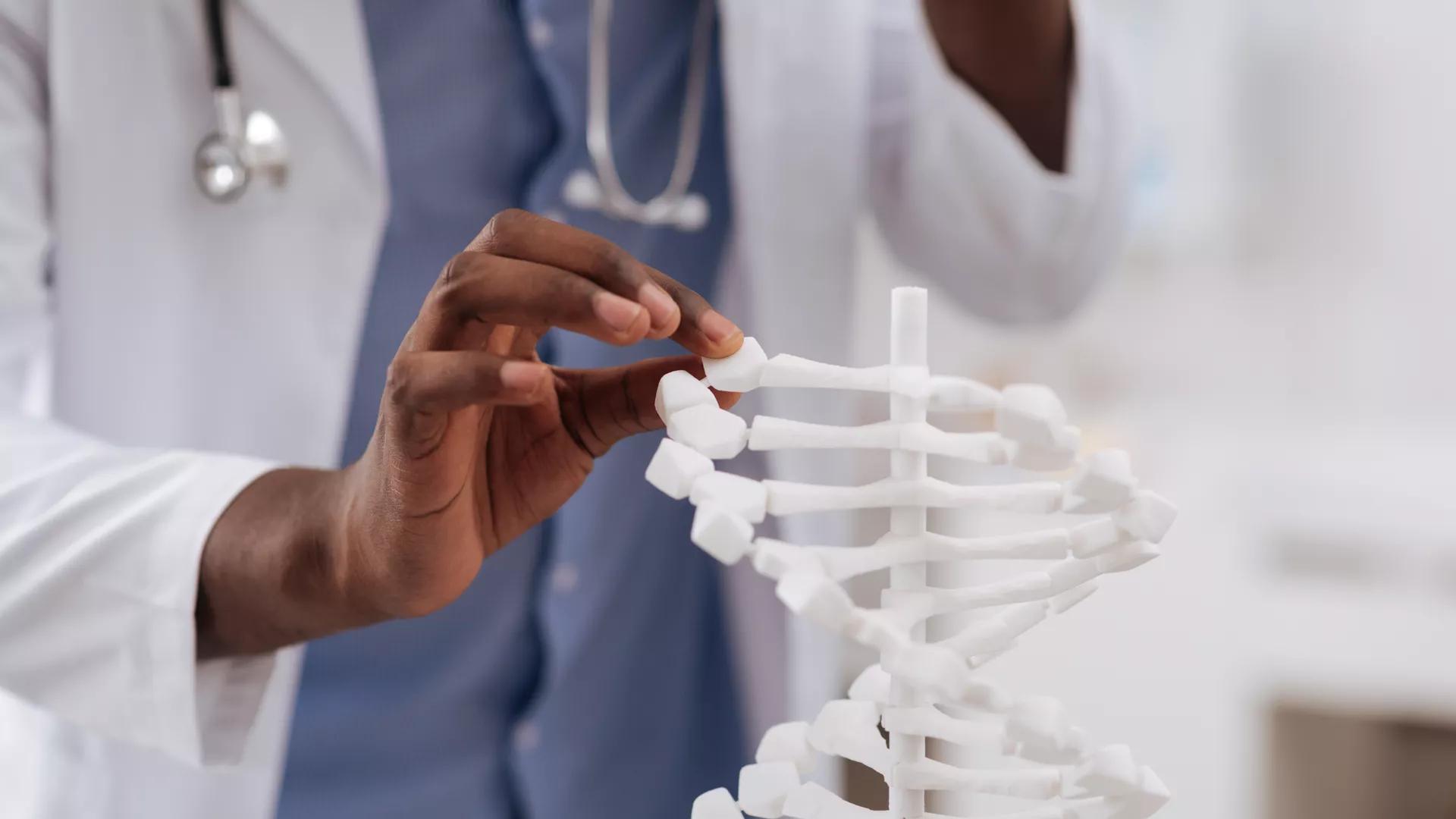Preeclampsia is a pregnancy-induced hypertensive disorder, the pathophysiology of which includes underlying maternal cardiovascular disease, deficient spiral artery remodeling during placenta development, and inflammatory immune responses at the maternal-fetal interface. Human leukocyte antigens (HLA) are major histocompatibility complex molecules essential for the recognition of foreign antigens that is central to immune defense against pathogens and critical determinants for the immune system discriminating between self and non-self tissues, such as in transplantation. Pregnancy represents a naturally existing “transplantation”, where the maternal immune system must be immunologically tolerant to the developing fetus which is 50% allogeneic. It is then unsurprising that HLA also influence normal pregnancy and pregnancy complications including preeclampsia. Here we review the role of classical and non-classical HLA molecules in influencing normal physiologic function during pregnancy and describe the association of HLA with pathophysiology in preeclampsia.
Background: The severe acute respiratory syndrome coronavirus-2 (SARS-CoV-2) infection causes coronavirus disease-2019 (COVID-19) in some individuals, while the majority remain asymptomatic. Natural killer (NK) cells play an essential role in antiviral defense. NK cell maturation and function are regulated mainly by highly polymorphic killer cell immunoglobulin-like receptors (KIR) and cognate HLA class I ligands. Herein, we tested our hypothesis that the individualized KIR and HLA class I ligand combinations that control NK cell function determine the outcome of SARS-CoV-2 infection.
Methods: We characterized KIR and HLA genes in 200 patients hospitalized for COVID-19 and 195 healthy general population controls.
Results: The KIR3DL1+HLA-Bw4+ [Odds ratio (OR) = 0.65, p = 0.03] and KIR3DL2+HLA-A3/11+ (OR = 0.6, p = 0.02) combinations were encountered at significantly lower frequency in COVID-19 patients than in the controls. Notably, 40% of the patients lacked both of these KIR+HLA+ combinations compared to 24.6% of the controls (OR = 2.04, p = 0.001). Additionally, activating receptors KIR2DS1+KIR2DS5+ are more frequent in patients with severe COVID-19 than patients with mild disease (OR = 1.8, p = 0.05). Individuals carrying KIR2DS1+KIR2DS5+ genes but missing either KIR3DL1+HLA-Bw4+ combination (OR = 1.73, p = 0.04) or KIR3DL2+HLA-A3/11+ combination (OR = 1.75, p = 0.02) or both KIR3DL1+HLA-Bw4+ and KIR2DL2+HLA-A3/11+ combinations (OR = 1.63, p = 0.03) were more frequent in the COVID-19 cohort compared to controls.
Conclusions: The absence of KIR3DL1+HLA-Bw4+ and KIR3DL2+HLA-A3/11+ combinations presumably yields inadequate NK cell maturation and reduces anti-SARS-CoV-2 defense, causing COVID-19. An increased frequency of KIR2DS1+KIR2DS5+ in severe COVID-19 patients suggests vigorous NK cell response triggered via these activating receptors and subsequent production of exuberant inflammatory cytokines responsible for severe COVID-19. Our results demonstrate that specific KIR-HLA combinations that control NK cell maturation and function are underlying immunogenetic variables that determine the dual role of NK cells in mediating beneficial antiviral and detrimental pathologic action. These findings offer a framework for developing potential host genetic biomarkers to distinguish individuals prone to COVID-19.
Frontiers in Genetics
Genetics of Pediatric Immune-Mediated Diseases




